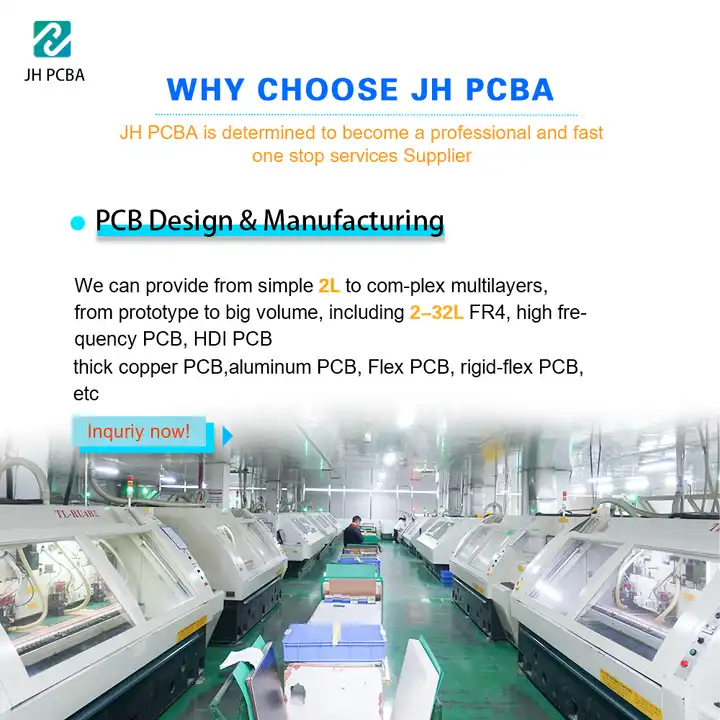Manufacturers employ various methods and machines to thoroughly test PCBs before they are assembled into electronic devices. Here are some effective testing methods commonly used in manufacturing:

- Automated Optical Inspection (AOI)
AOI machines use cameras and advanced image processing algorithms to inspect PCBs for defects such as missing components, misaligned parts, solder bridges, and poor solder joints.
The machine captures high-resolution images of the PCB and compares them to a reference image or CAD data to identify discrepancies.
AOI systems can detect defects quickly and accurately, making them an essential tool for ensuring quality control in PCB manufacturing.
- X-ray Inspection
X-ray inspection is used to examine the internal structure of PCBs, especially checking hidden solder joints and components beneath surface-mounted devices (SMDs).
X-ray machines generate detailed images of the PCB’s internal layers, allowing inspectors to identify defects such as voids in solder joints, insufficient solder paste, and component misalignment.
X-ray inspection is particularly useful for inspecting complex PCBs with multiple layers and densely packed components.
- In-Circuit Testing (ICT)
ICT involves testing individual electronic components and circuit connections on a PCB while it is powered on.
Specialized test fixtures and probes are used to access specific test points on the PCB, allowing for functional testing of components such as resistors, capacitors, diodes, and integrated circuits.
ICT can detect defects such as open circuits, short circuits, incorrect component values, and faulty ICs, providing comprehensive validation of PCB functionality.
- Flying Probe Testing
Flying probe testers are robotic machines equipped with multiple movable probes that make contact with specific test points on the PCB.
Unlike ICT, flying probe testing does not require custom test fixtures, making it suitable for low-volume production runs and prototypes.
Flying probe testers can perform a variety of tests, including continuity testing, component polarity checks, and isolation resistance measurements.
- Environmental Stress Testing
Environmental stress testing subjects PCBs to extreme conditions such as temperature cycling, humidity, vibration, and thermal shock.
These tests simulate real-world operating conditions and help identify potential reliability issues and weaknesses in PCB design or assembly.
Environmental stress testing is essential for ensuring that PCBs can withstand the rigors of their intended application and meet industry standards for reliability and durability.
By employing a combination of advanced testing methods such as AOI, X-ray inspection, ICT, flying probe testing, and environmental stress testing, manufacturers can identify and rectify defects early in the production process, ultimately delivering high-quality PCBs to customers.


